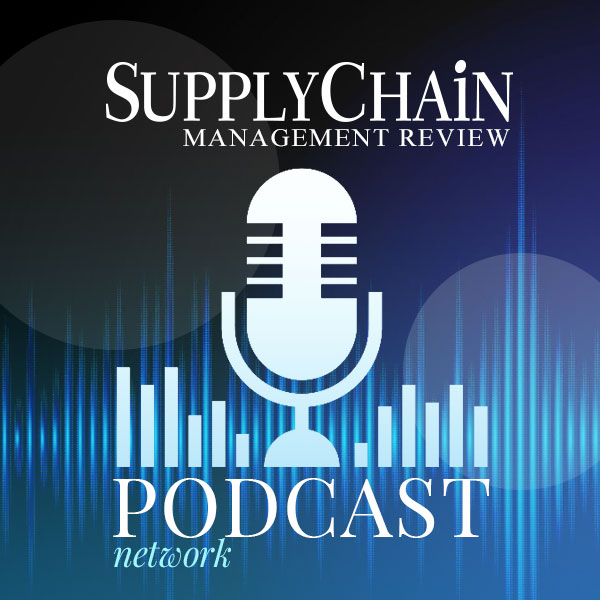Sorry, but your login has failed. Please recheck your login information and resubmit. If your subscription has expired, renew here.
March-April 2019
A few days ago, a colleague sent me “The Death of Supply Chain Management,” an article in the Harvard Business Review. If the title wasn’t enough to grab my attention, the last sentence in the first paragraph had me checking out job openings on LinkedIn: “Within five years to 10 years, the supply chain function may be obsolete, replaced by a smoothly running, selfregulating utility that ….. requires very little human attention.” Read more carefully, what the authors are really arguing is that as NextGen technologies find their place in our organizations, the role of the supply chain manager, including procurement managers, is going to… Browse this issue archive.Need Help? Contact customer service 847-559-7581 More options
Upon reviewing a model with my first manager at Arthur D. Little, I learned an important lesson. He taught me that while it is important to demonstrate that a model has scientific validity, it is equally important to have “face validity.” Translation: To be useful, a model needs to be statistically sound in representing the real world. But, it must also make sense to managers by incorporating factors that make sense to them.
I am astounded to find that many of the Internet-based Big Data models today only have face validity; apparently developers don’t care about scientific validity. They believe that if a model’s factors seem to relate to dependent factors, those are sufficient. For business models, face validity is necessary, but not sufficient. Indeed, face validity alone might be potentially dangerous. I gained this insight by reading “Weapons of Math Destruction: How Big Data Increases Inequality and Threatens Democracy,” a book by Dr. Cathy O’Neil.
What is a weapon of math destruction?
Dr. O’Neil, a former quantitative analyst at a financial hedge fund, experienced first-hand the damage financial models did leading up to and following the mortgage market meltdown of the past decade. They helped the collapse of financial institutions. She became disillusioned with mathematical models that affect society. Or, as one description of the book puts it: “A former Wall Street quant sounds an alarm on the mathematical models that pervade modern life—and threaten to rip apart our social fabric.”

This complete article is available to subscribers only.
Log in now for full access or start your PLUS+ subscription for instant access.
SC
MR
Sorry, but your login has failed. Please recheck your login information and resubmit. If your subscription has expired, renew here.
March-April 2019
A few days ago, a colleague sent me “The Death of Supply Chain Management,” an article in the Harvard Business Review. If the title wasn’t enough to grab my attention, the last sentence in the first paragraph… Browse this issue archive. Access your online digital edition. Download a PDF file of the March-April 2019 issue.Upon reviewing a model with my first manager at Arthur D. Little, I learned an important lesson. He taught me that while it is important to demonstrate that a model has scientific validity, it is equally important to have “face validity.” Translation: To be useful, a model needs to be statistically sound in representing the real world. But, it must also make sense to managers by incorporating factors that make sense to them.
I am astounded to find that many of the Internet-based Big Data models today only have face validity; apparently developers don't care about scientific validity. They believe that if a model's factors seem to relate to dependent factors, those are sufficient. For business models, face validity is necessary, but not sufficient. Indeed, face validity alone might be potentially dangerous. I gained this insight by reading “Weapons of Math Destruction: How Big Data Increases Inequality and Threatens Democracy,” a book by Dr. Cathy O'Neil.
What is a weapon of math destruction?
Dr. O'Neil, a former quantitative analyst at a financial hedge fund, experienced first-hand the damage financial models did leading up to and following the mortgage market meltdown of the past decade. They helped the collapse of financial institutions. She became disillusioned with mathematical models that affect society. Or, as one description of the book puts it: “A former Wall Street quant sounds an alarm on the mathematical models that pervade modern life—and threaten to rip apart our social fabric.”
 SUBSCRIBERS: Click here to download PDF of the full article.
SUBSCRIBERS: Click here to download PDF of the full article.
SC
MR


Latest Supply Chain News
- Tech investments bring revenue increases, survey finds
- Survey reveals strategies for addressing supply chain, logistics labor shortages
- Israel, Ukraine aid package to increase pressure on aerospace and defense supply chains
- How CPG brands can deliver on supplier diversity promises
- How S&OP provides the answer to in-demand products
- More News
Latest Podcast

 Explore
Explore
The Academy News
- AI, virtual reality is bringing experiential learning into the modern age
- Predicting stockouts: Enhancing FMCG resilience through data-driven insights
- Finding the Right Approach for Supply Chain Education
- The Supply Chain Triad
- Innovating Supply Chain Higher Education with Generative AI
- How Smart Supply Chain Management Boosts Brand Identity
- More The Academy
Latest Academy Resources

Subscribe

Supply Chain Management Review delivers the best industry content.

Editors’ Picks






